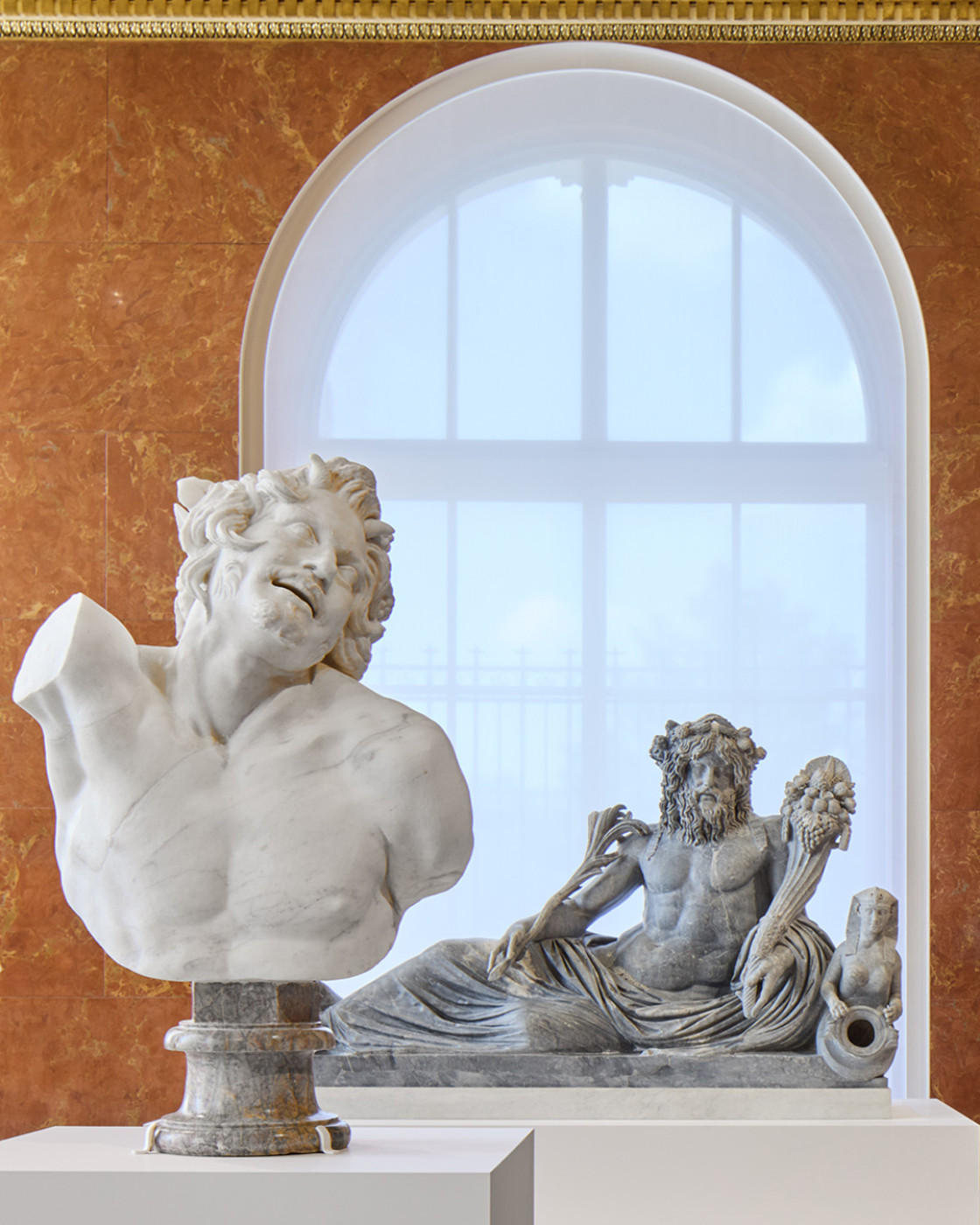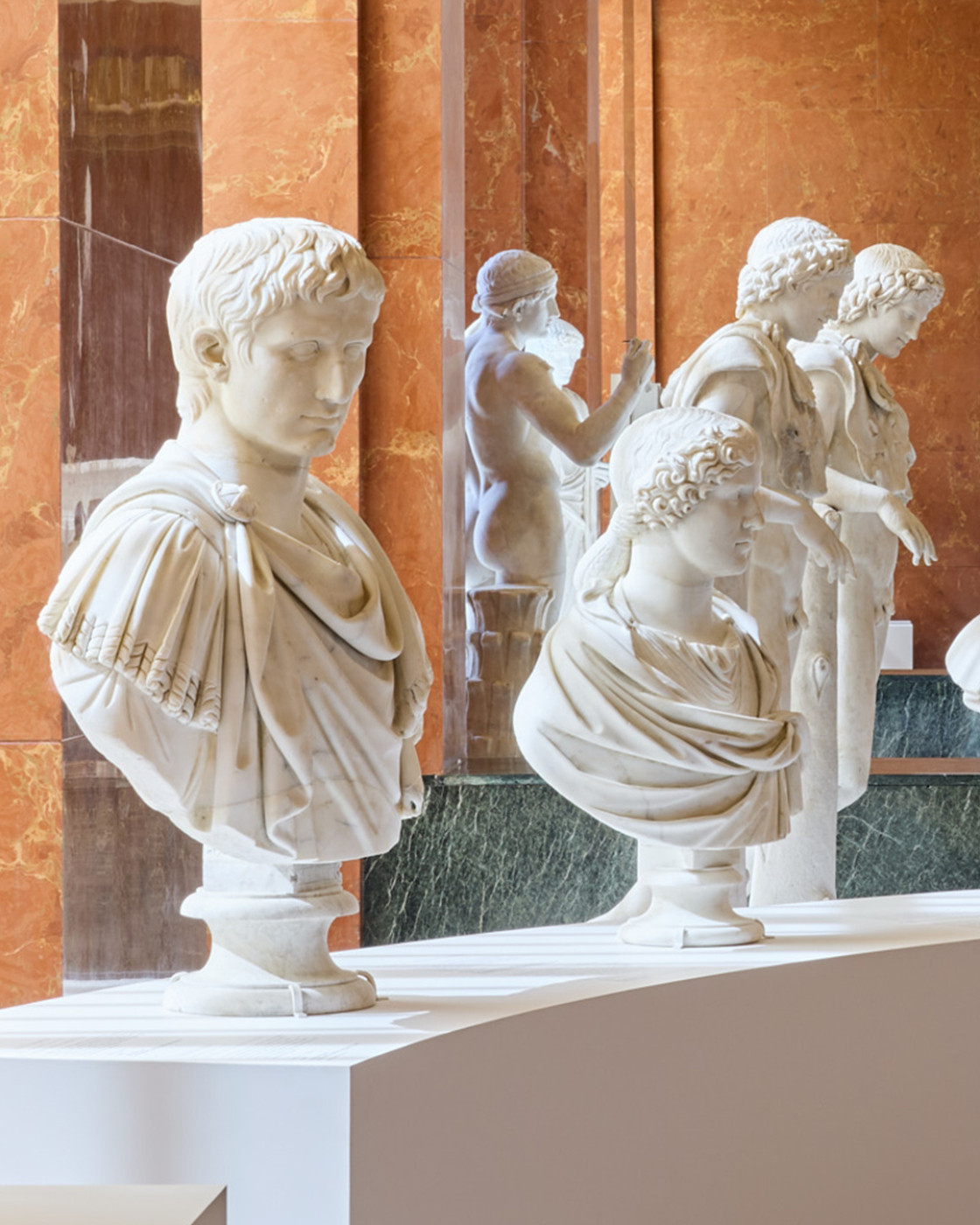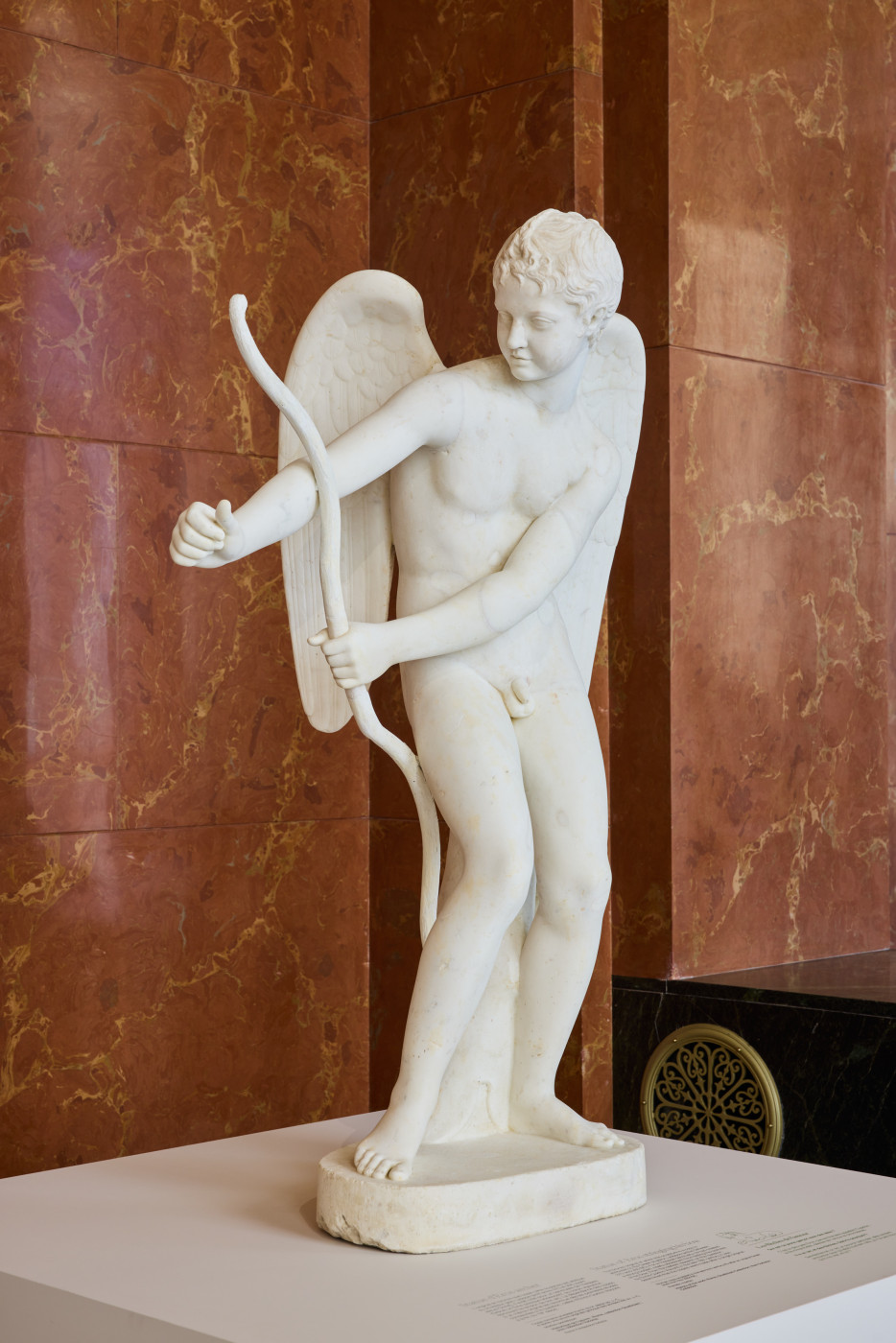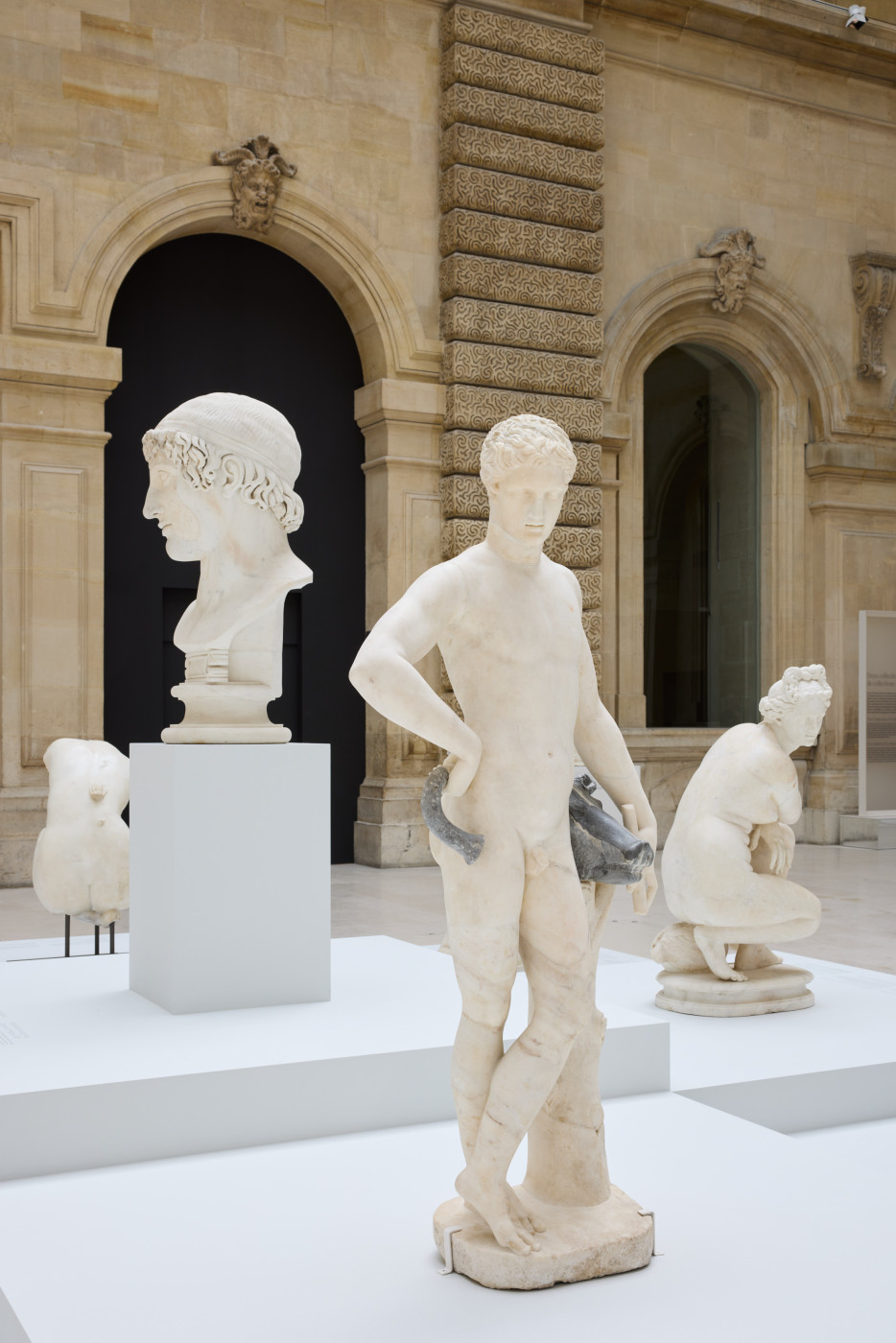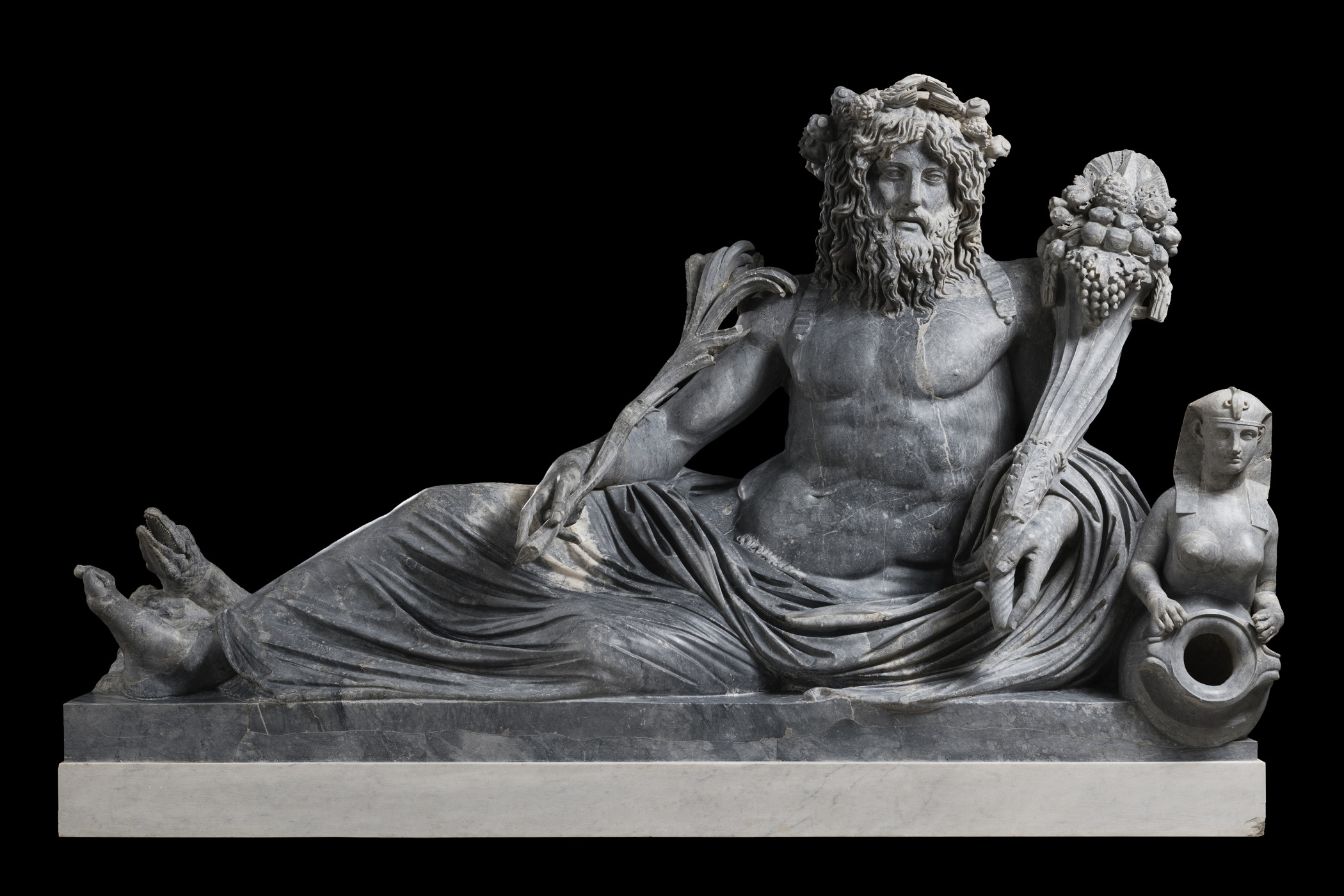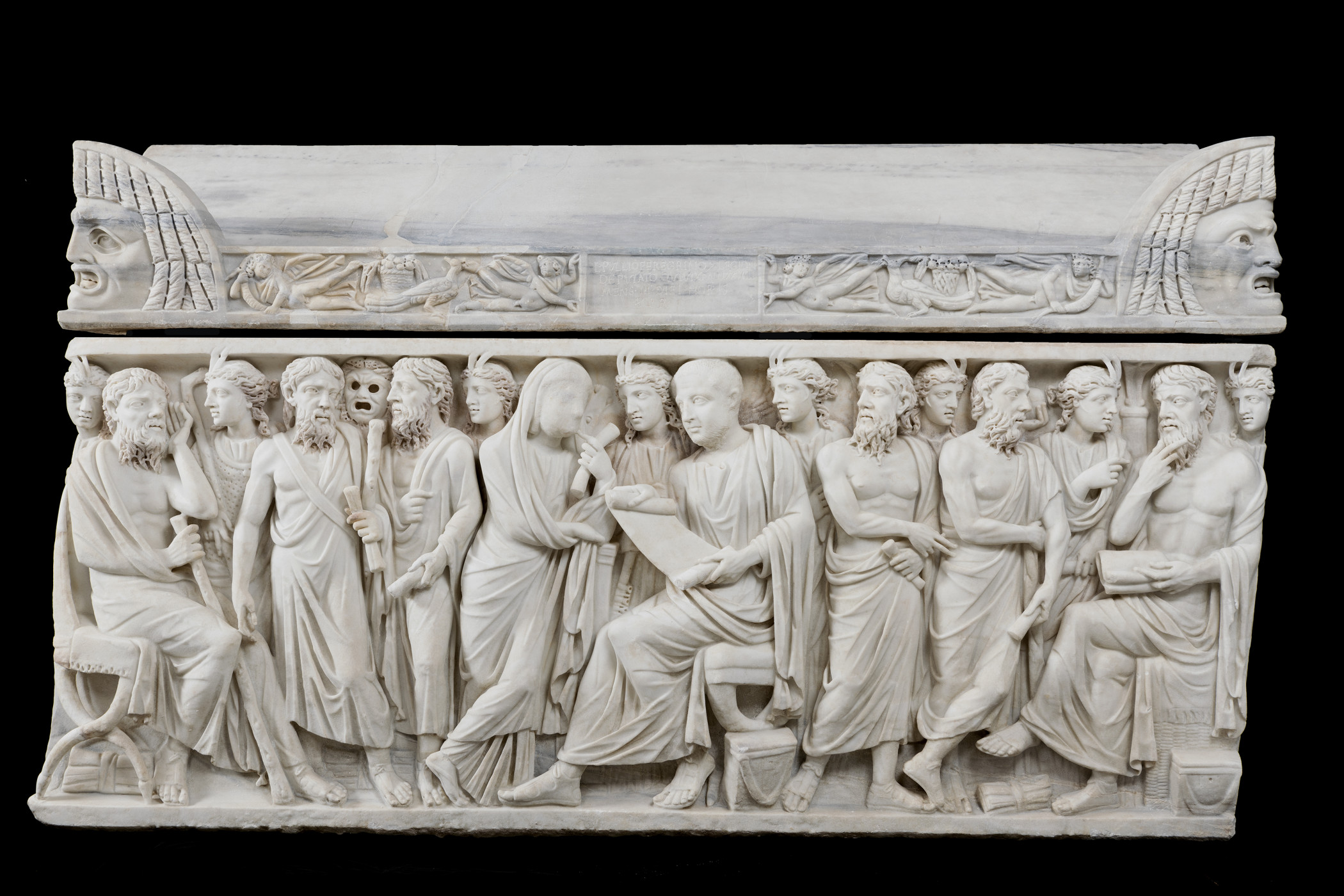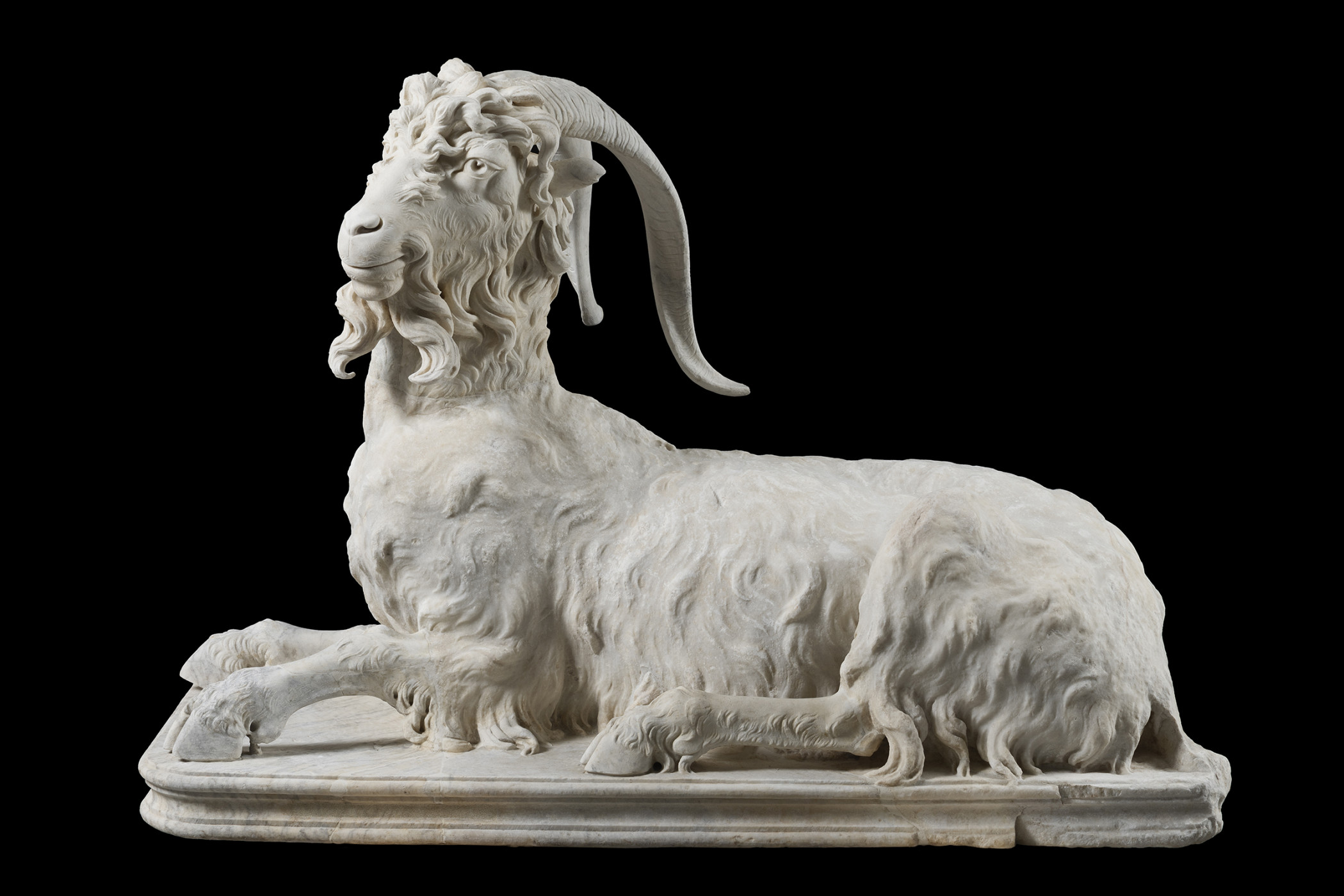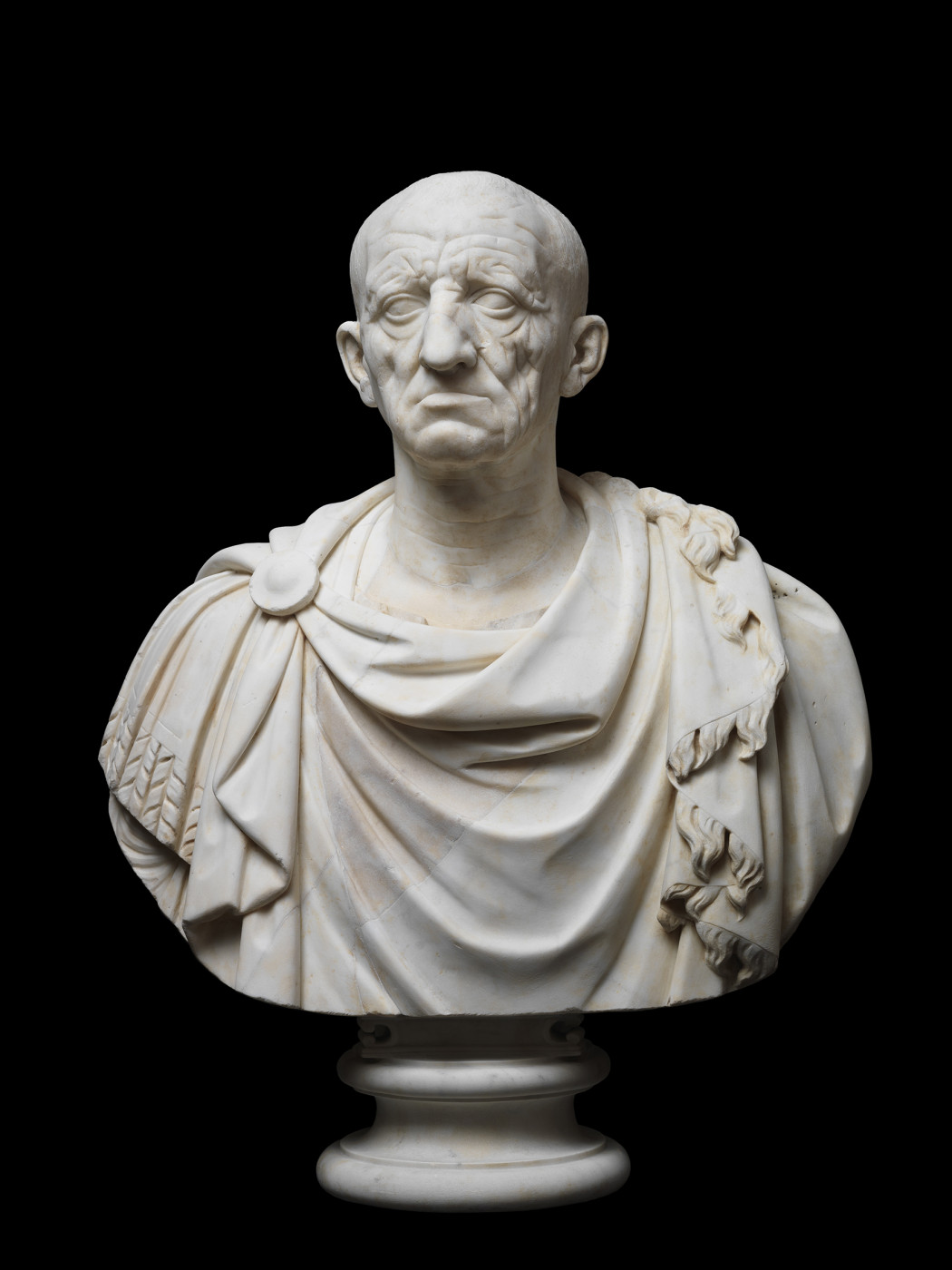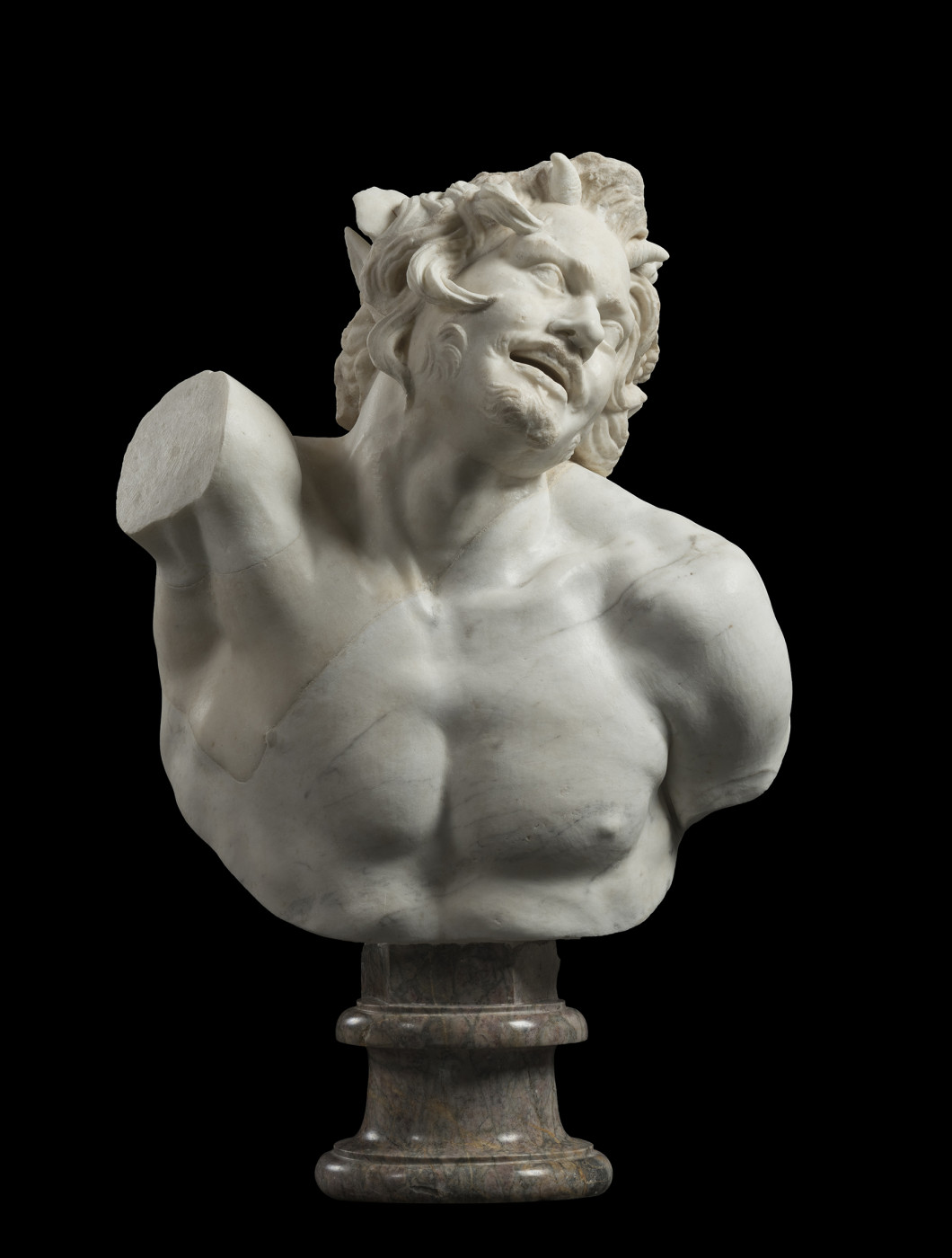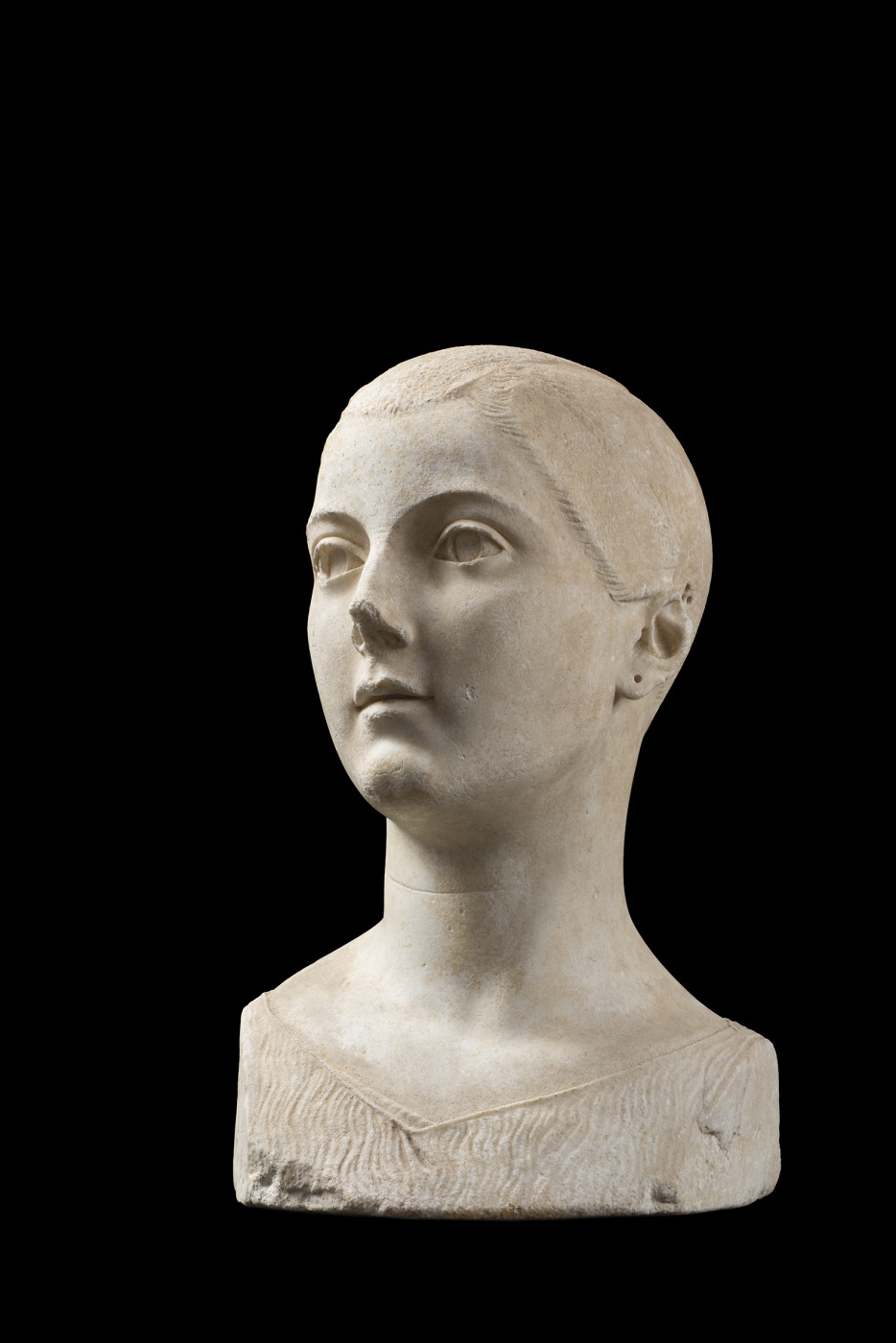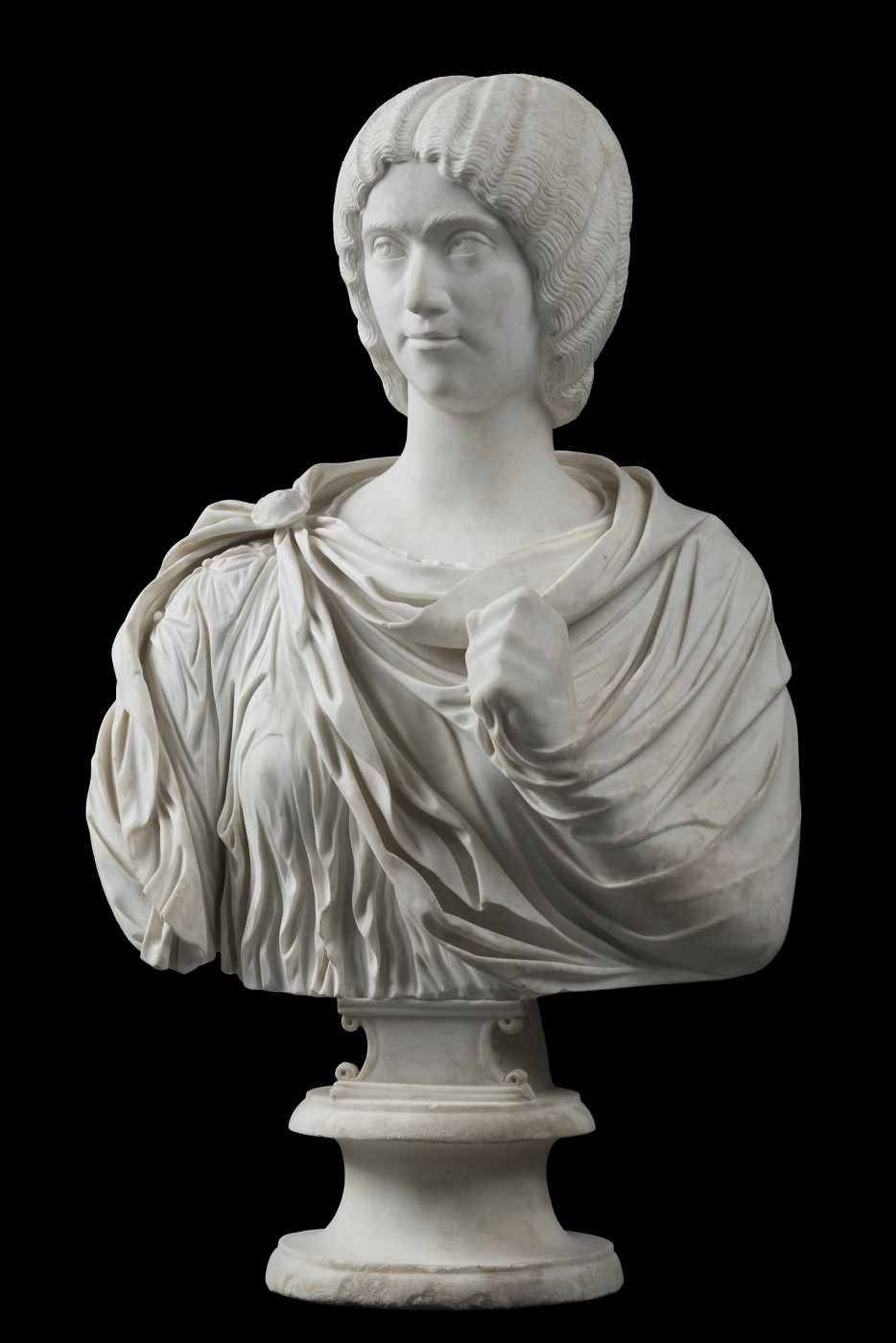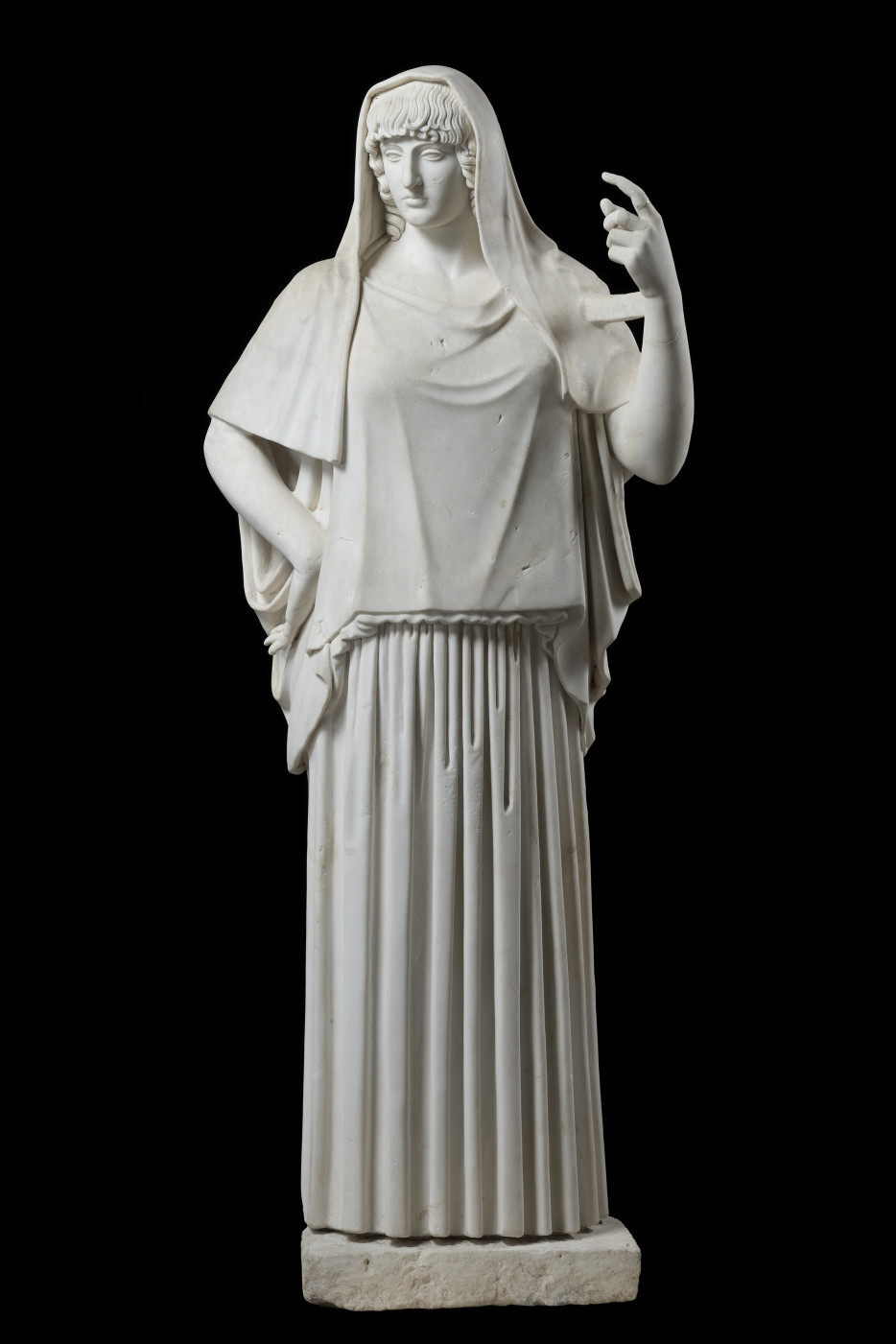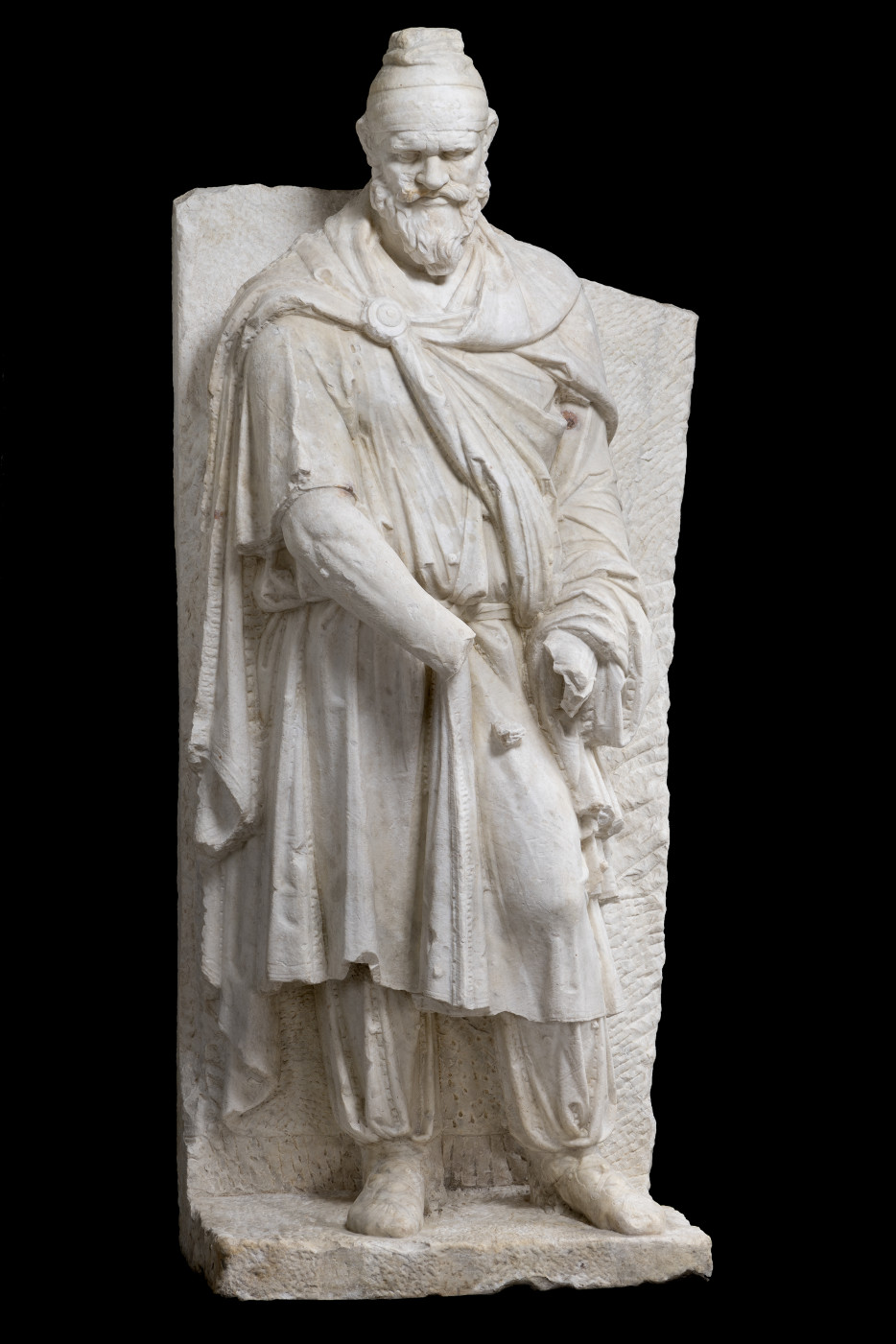
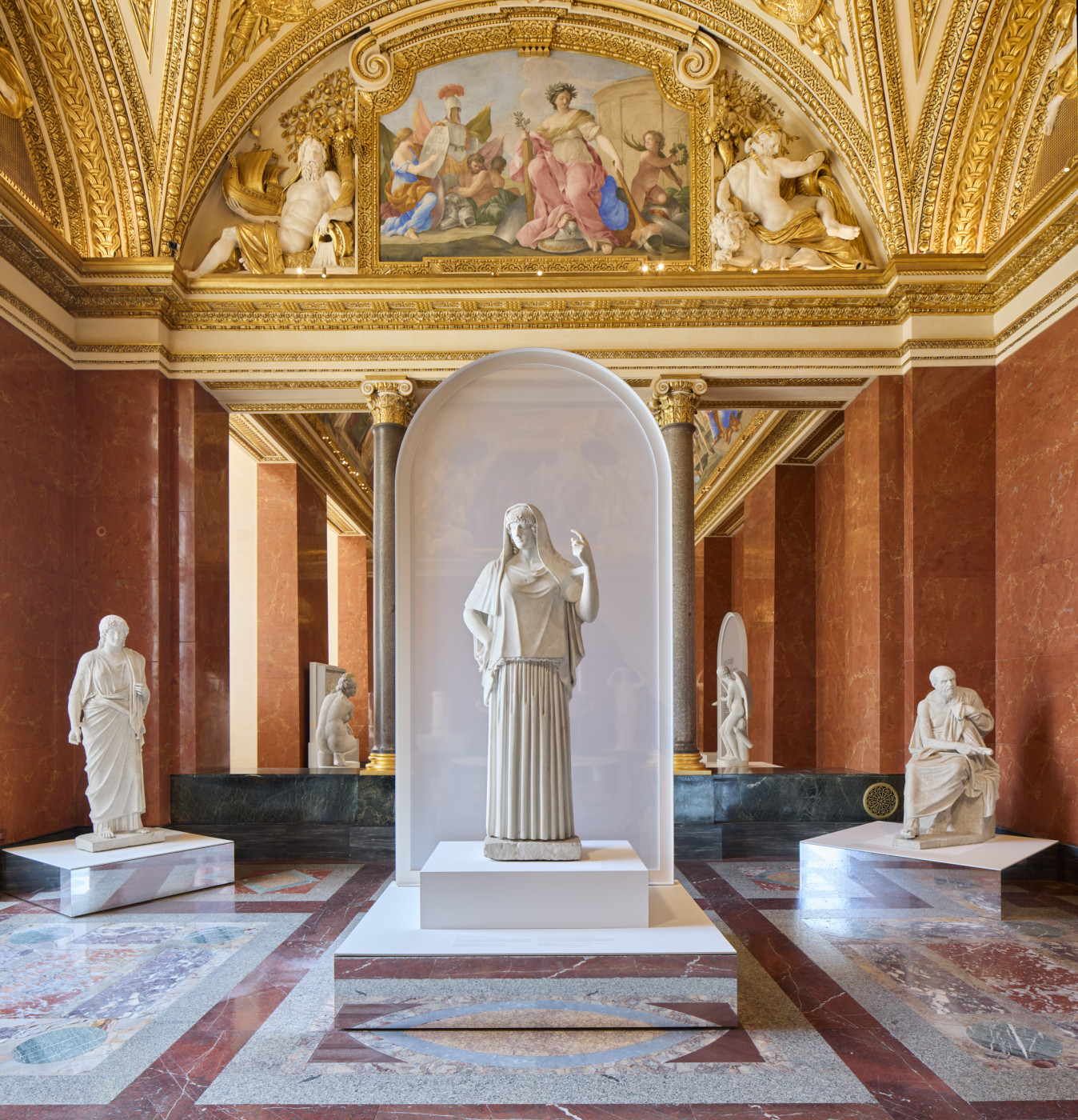
The Louvre Museum x Bulgari: Gods, Heroes, and Emperors
The Louvre Museum with the support of Bulgari has opened the “Chefs-d'œuvre de la collection Torlonia” (“Masterpieces from the Torlonia Collection”) exhibition, which contains more than 100 marbles from the world’s greatest private collection of ancient sculpture.
This is the first time that the sculptures from the Torlonia collection (which holds more than 600 pieces altogether) have left Italy. Once exhibited in the private Torlonia Museum, which was closed during WWII, this magnificent collection was unaccessible for more than half a century until the Torlonia Fondation undertook its restoration with the support of Bulgari. The results of this collaboration were shown at the exhibit at the Capitoline Museums in 2020. It was a grand premiere, but not so many people were able to see it due to the Covid restrictions. Since then, the iconic collection had another show in Italy in 2022, and is now beginning its international tour.
The Roman Torlonia family comes from the new nobility — founded by the Frenchman Marino Torlonia, a cloth merchant and a money lender, who moved to Rome from Auvergne in the 18th century (so Paris and the Louvre are chosen to be the first international destination not by chance). The Torlonias quickly became rich: they worked as papal bankers, received, among others, a princely title, and took the center stage of Rome in all their glory in the era of Napoleonic wars. Having quickly adopted the habits of the old nobility and entered into marriages with them, the Torlonias began to buy up not only the Roman lands (and conduct excavations there, this is how the rare Roman bronze statue of Germanicus, one of the colleaction’s gems, was found), but also the famous collections of antiquities of the 17th, 18th, and 19th centuries. Thus, they came to possess the collection of Cardinal Albani, Bernini’s contemporary Marquis Vincenzo Giustiniani, as well as the 18th century Roman sculptor Bartolomeo Cavaceppi.
In fact, Cavaceppi’s workshop became the place where antique marbles were brought in line with the encyclopedic approach and classicist taste. The latter required completeness and perfectness — it was simply impossible to imagine a garden of an aristocratic 18th century Roman villa with statues lacking a leg, an arm, or, Heaven forbid, a head. For that reason, the workshops of sculptors who worked with antiquities contained warehouses of arms, legs, and other parts of the body, where one could always find the right one or, in the most complicated cases, make it anew. Many famous Roman sculptors had been engaged in such work, with one example being father and son Bernini (and the exhibit showcases a real masterpiece of such work, a 1st century goat, whose head was made by Gian Lorenzo Bernini in the 17th century), and another Antonio Canova. And sometimes the missing robe could be made of a rare coloured marble — for example, a peplum made of green marble or a chiton made of red one — to make it more beautiful and lavish (Louvre’s neighboring rooms housing another famous Roman collection, the Borghese, are rich on similar styles - perfect coincidence). The collection had to include emperors, gods, athletes, and heroes. And if you didn’t have a Hercules, but had fragments of several athletes, then you could give them to the sculptor and receive one back — for instance Hercules in the last room of the exhibition was literally compiled from pieces and serves as a demonstration of both the tastes of that era and the phenomenal skill of those Roman sculpztors.
However the rarest and most valuable things at this exhibition — the magnificent and monumental Nile Barberini made of dark-gray marble; the Albani Vase, which boggles the imagination with its size and the quality of reliefs depicting the labors of the same Hercules; the delicate and graceful, possibly Etruscan, Maiden of Vulci, also known as the Fanciulla Torlonia, or the famous late Republican period Old Man of Otricoli, or the Attic votive relief, the only Greek original here— have all been remarkably preserved. In addition, ten more marbles were restored especially for the show’s opening with the support of Bulgari. And all this can now be seen in the recently restored summer apartments of Queen Anne of Austria, where the same ancient gods and heroes, but drawn in a completely different era, look down at the white marble statues from the ceilings.
The exhibition is open to the public until November 11.
Courtesy: Bulgari
Text: Editorial team


